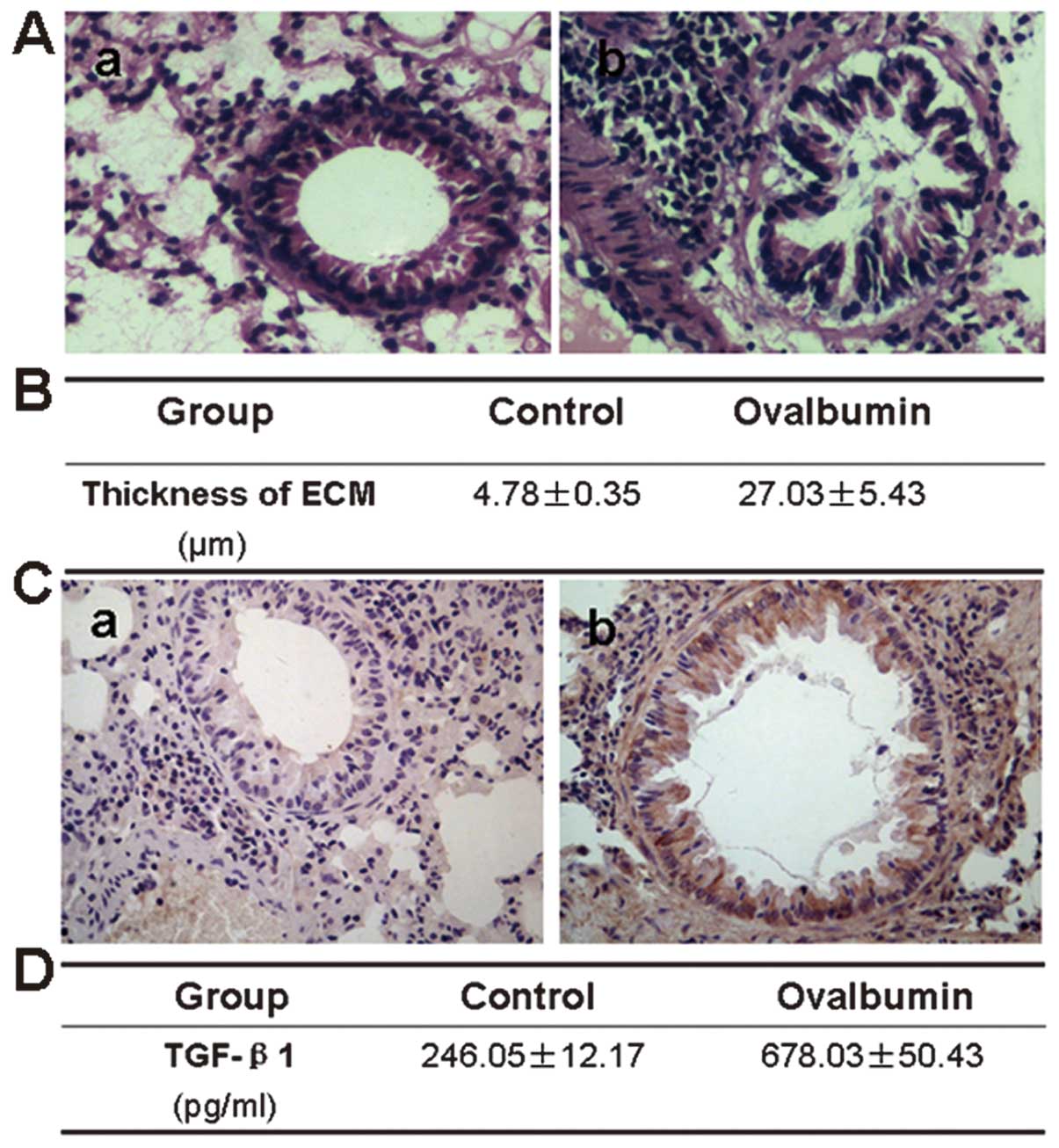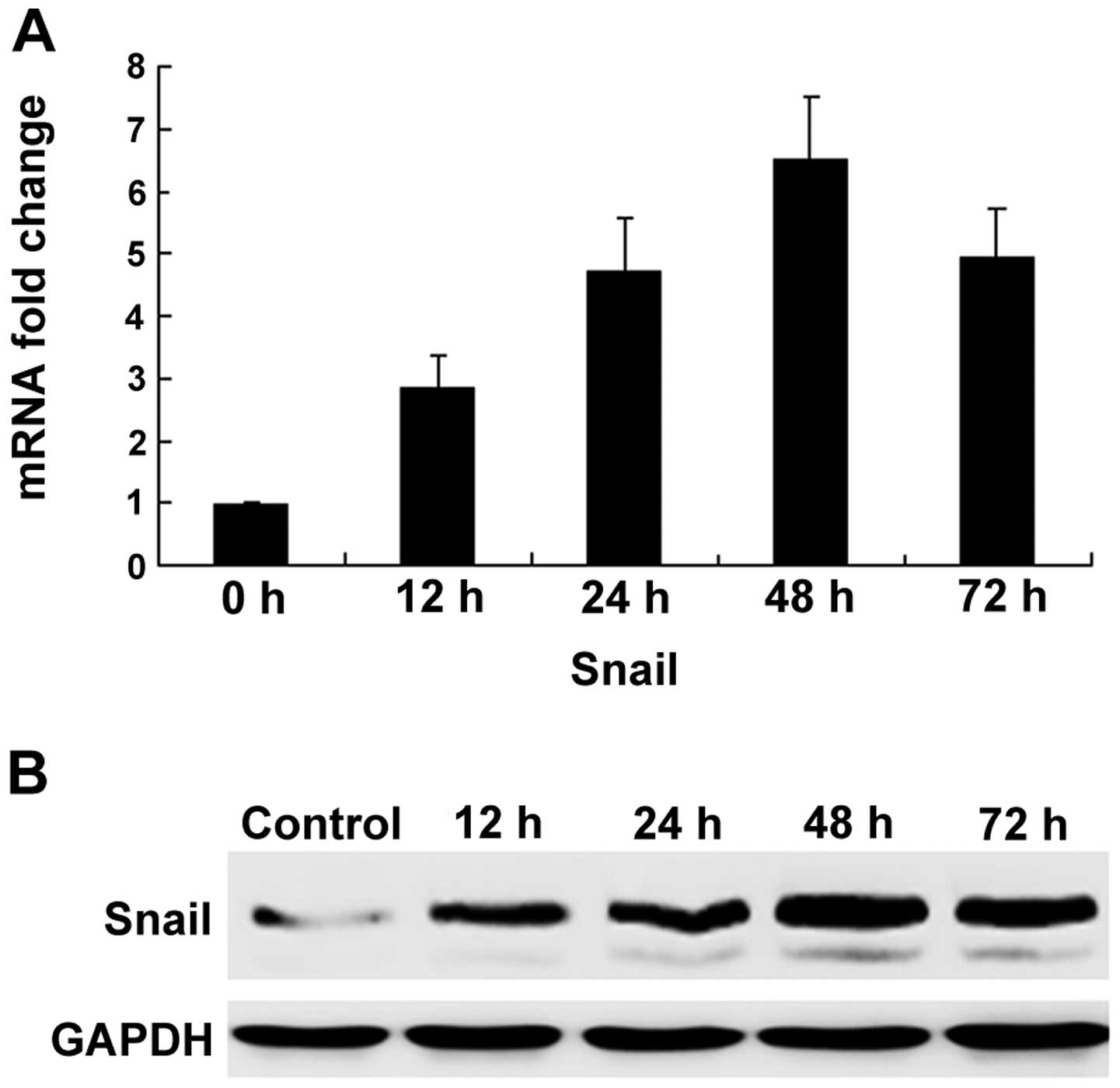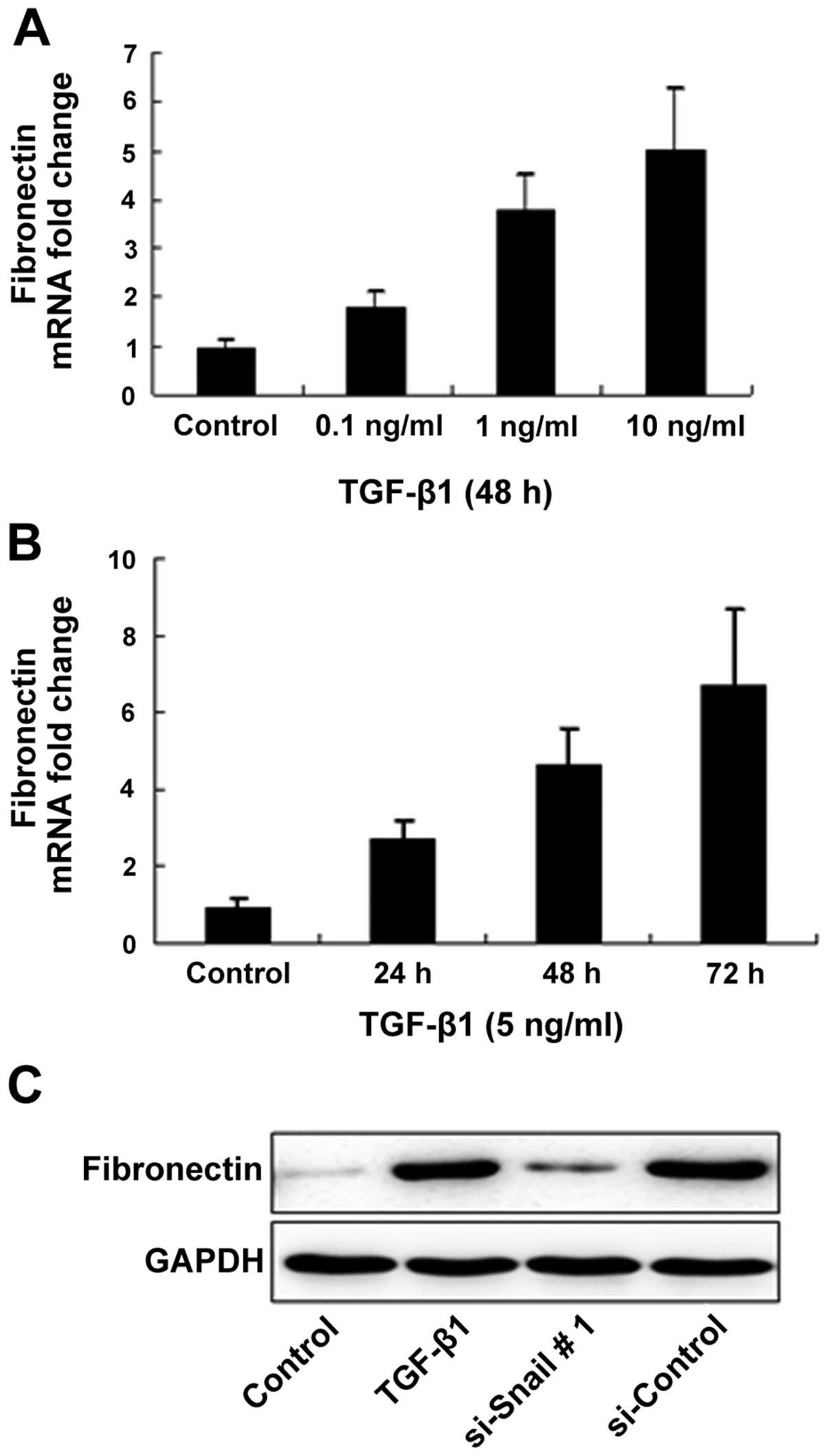|
1
|
Schlender A, Alperin PE, Grossman HL and
Sutherland ER: Modeling the impact of increased adherence to asthma
therapy. PLoS One. 7:e511392012. View Article : Google Scholar : PubMed/NCBI
|
|
2
|
Di Giampaolo L, Quecchia C, Schiavone C,
Cavallucci E, Renzetti A, Braga M and Di Gioacchino M:
Environmental pollution and asthma. Int J Immunopathol Pharmacol.
24(Suppl 1): S31–S38. 2011.
|
|
3
|
Yamauchi K and Inoue H: Airway remodeling
in asthma and irreversible airflow limitation - ECM deposition in
airway and possible therapy for remodeling. Allergol Int.
56:321–329. 2007. View Article : Google Scholar : PubMed/NCBI
|
|
4
|
Epperly MW, Guo H, Gretton JE and
Greenberger JS: Bone marrow origin of myofibroblasts in irradiation
pulmonary fibrosis. Am J Respir Cell Mol Biol. 29:213–224. 2003.
View Article : Google Scholar : PubMed/NCBI
|
|
5
|
Yanez-Mo M, Lara-Pezzi E, Selgas R, et al:
Peritoneal dialysis and epithelial-to-mesenchymal transition of
mesothelial cells. N Engl J Med. 348:403–413. 2003. View Article : Google Scholar : PubMed/NCBI
|
|
6
|
Lv ZD, Na D, Ma XY, Zhao C, Zhao WJ and Xu
HM: Human peritoneal mesothelial cell transformation into
myofibroblasts in response to TGF-β1 in vitro. Int J Mol
Med. 27:187–193. 2011.PubMed/NCBI
|
|
7
|
Lv ZD, Kong B, Li JG, Qu HL, Wang XG, Cao
WH, Liu XY, Wang Y, Yang ZC, Xu HM and Wang HB: Transforming growth
factor-β1 enhances the invasiveness of breast cancer cells by
inducing a Smad2-dependent epithelial-to-mesenchymal transition.
Oncol Rep. 29:219–225. 2013.
|
|
8
|
Weber CE, Li NY, Wai PY and Kuo PC:
Epithelial-mesenchymal transition, TGF-β, and osteopontin in wound
healing and tissue remodeling after injury. J Burn Care Res.
33:311–318. 2012.
|
|
9
|
Carew RM, Wang B and Kantharidis P: The
role of EMT in renal fibrosis. Cell Tissue Res. 347:103–116. 2012.
View Article : Google Scholar : PubMed/NCBI
|
|
10
|
Grgic I, Duffield JS and Humphreys BD: The
origin of interstitial myofibroblasts in chronic kidney disease.
Pediatr Nephrol. 27:183–193. 2012. View Article : Google Scholar : PubMed/NCBI
|
|
11
|
Chapman HA: Epithelial-mesenchymal
interactions in pulmonary fibrosis. Annu Rev Physiol. 73:413–435.
2011. View Article : Google Scholar : PubMed/NCBI
|
|
12
|
Qu ZH, Yang ZC, Chen L, Lv ZD, Yi MJ and
Ran N: Inhibition airway remodeling and transforming growth
factor-β1/Smad signaling pathway by astragalus extract in asthmatic
mice. Int J Mol Med. 29:564–568. 2012.
|
|
13
|
Reinke LM, Xu Y and Cheng C: Snail
represses the splicing regulator epithelial splicing regulatory
protein 1 to promote epithelial-mesenchymal transition. J Biol
Chem. 287:36435–36442. 2012. View Article : Google Scholar
|
|
14
|
Lander R, Nordin K and LaBonne C: The
F-box protein Ppa is a common regulator of core EMT factors Twist,
Snail, Slug, and Sip1. J Cell Biol. 194:17–25. 2011. View Article : Google Scholar : PubMed/NCBI
|
|
15
|
Yu LX, Zhou L, Li M, Li ZW, Wang DS and
Zhang SG: The Notch1/cyclooxygenase-2/Snail/E-cadherin pathway is
associated with hypoxia-induced hepatocellular carcinoma cell
invasion and migration. Oncol Rep. 29:362–370. 2013.PubMed/NCBI
|
|
16
|
Myong NH: Loss of E-cadherin and
acquisition of vimentin in epithelial-mesenchymal transition are
noble indicators of uterine cervix cancer progression. Korean J
Pathol. 46:341–348. 2012. View Article : Google Scholar : PubMed/NCBI
|
|
17
|
Li H, Wang H, Wang F, Gu Q and Xu X: Snail
involves in the transforming growth factor β1-mediated
epithelial-mesenchymal transition of retinal pigment epithelial
cells. PLoS One. 6:e233222011.
|
|
18
|
Qin XJ, Zhang GS, Zhang X, Qiu ZW, Wang
PL, Li YW, Li W, Xie QM, Ke YH, Lee JJ and Shen HH: Protein
tyrosine phosphatase SHP2 regulates TGF-β1 production in airway
epithelia and asthmatic airway remodeling in mice. Allergy.
67:1547–1556. 2012.
|
|
19
|
Yook JI, Li XY, Ota I, Fearon ER and Weiss
SJ: Wnt-dependent regulation of the E-cadherin repressor snail. J
Biol Chem. 280:11740–11748. 2005. View Article : Google Scholar : PubMed/NCBI
|
|
20
|
Franz M, Spiegel K, Umbreit C, et al:
Expression of Snail is associated with myofibroblast phenotype
development in oral squamous cell carcinoma. Histochem Cell Biol.
131:651–660. 2009. View Article : Google Scholar : PubMed/NCBI
|
|
21
|
Ohkubo T and Ozawa M: The transcription
factor Snail downregulates the tight junction components
independently of E-cadherin downregulation. J Cell Sci.
117:1675–1685. 2004. View Article : Google Scholar : PubMed/NCBI
|
|
22
|
Zhang WX and Li CC: Airway remodeling: a
potential therapeutic target in asthma. World J Pediatr. 7:124–128.
2011. View Article : Google Scholar : PubMed/NCBI
|














